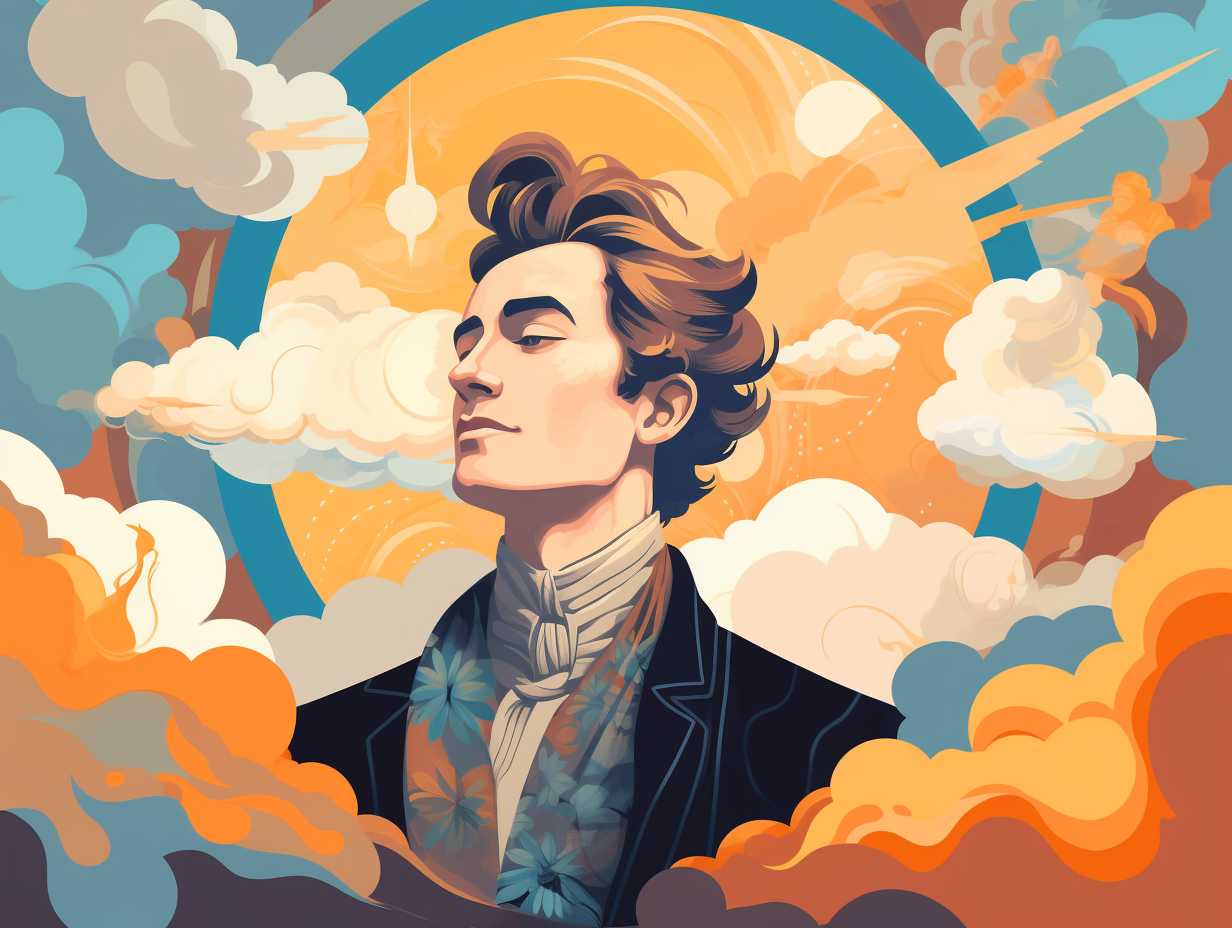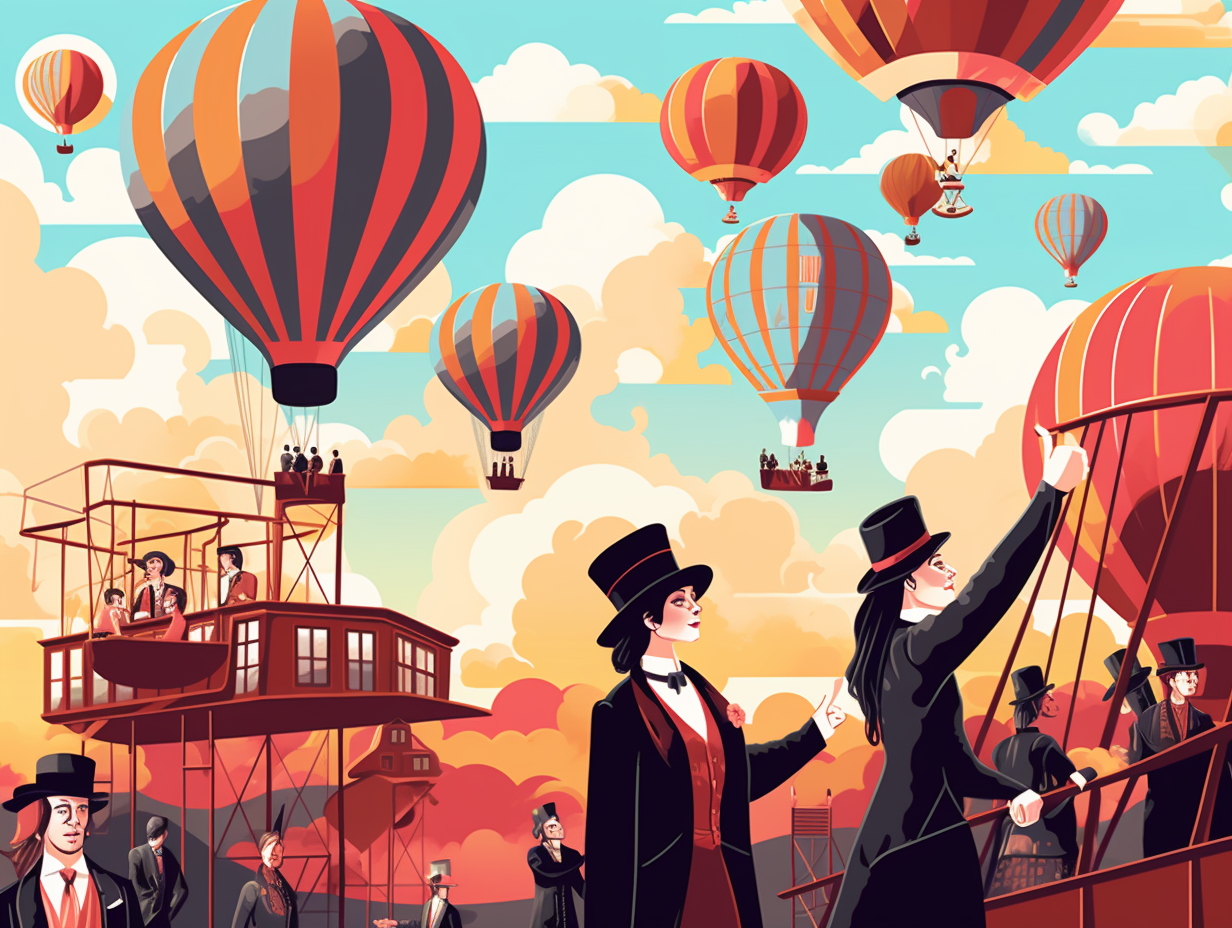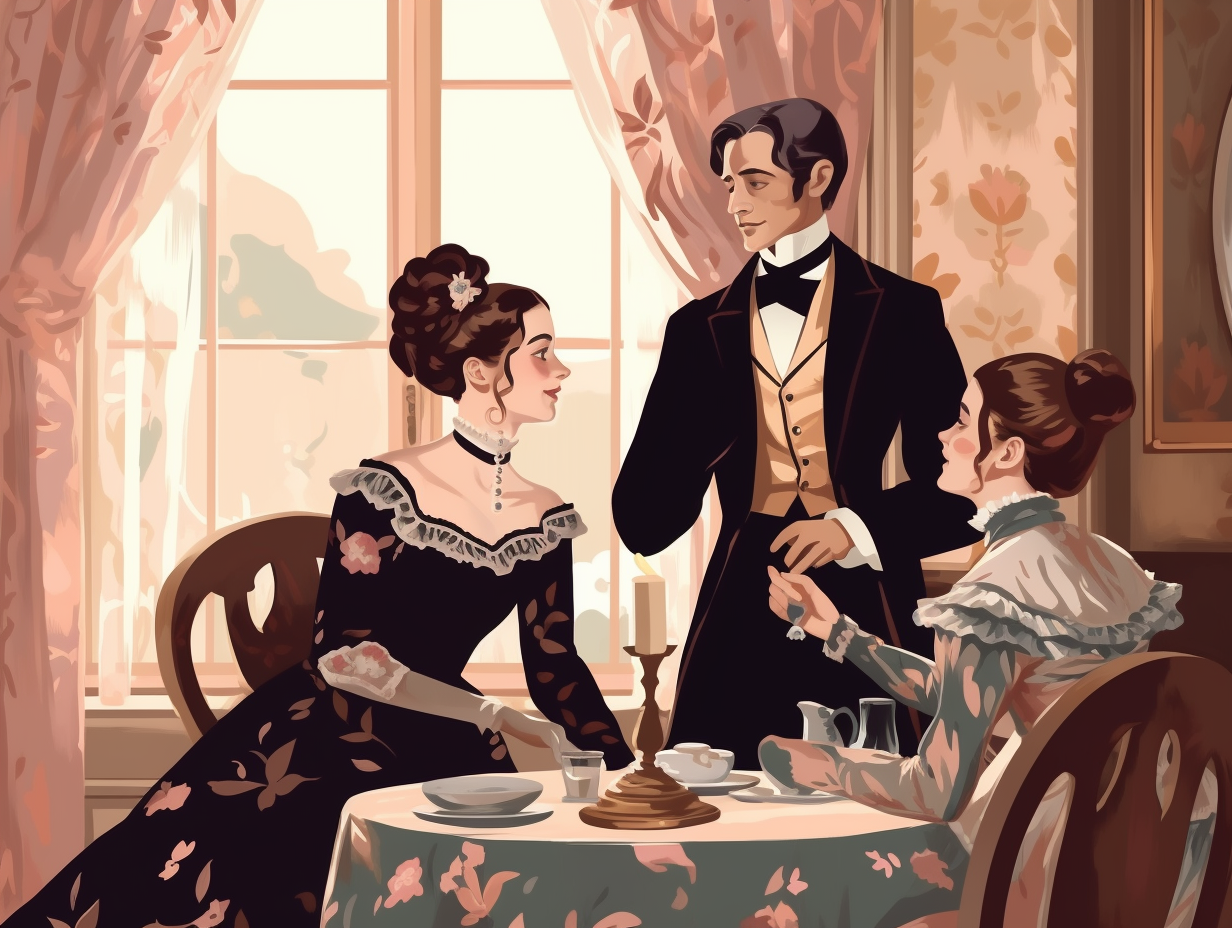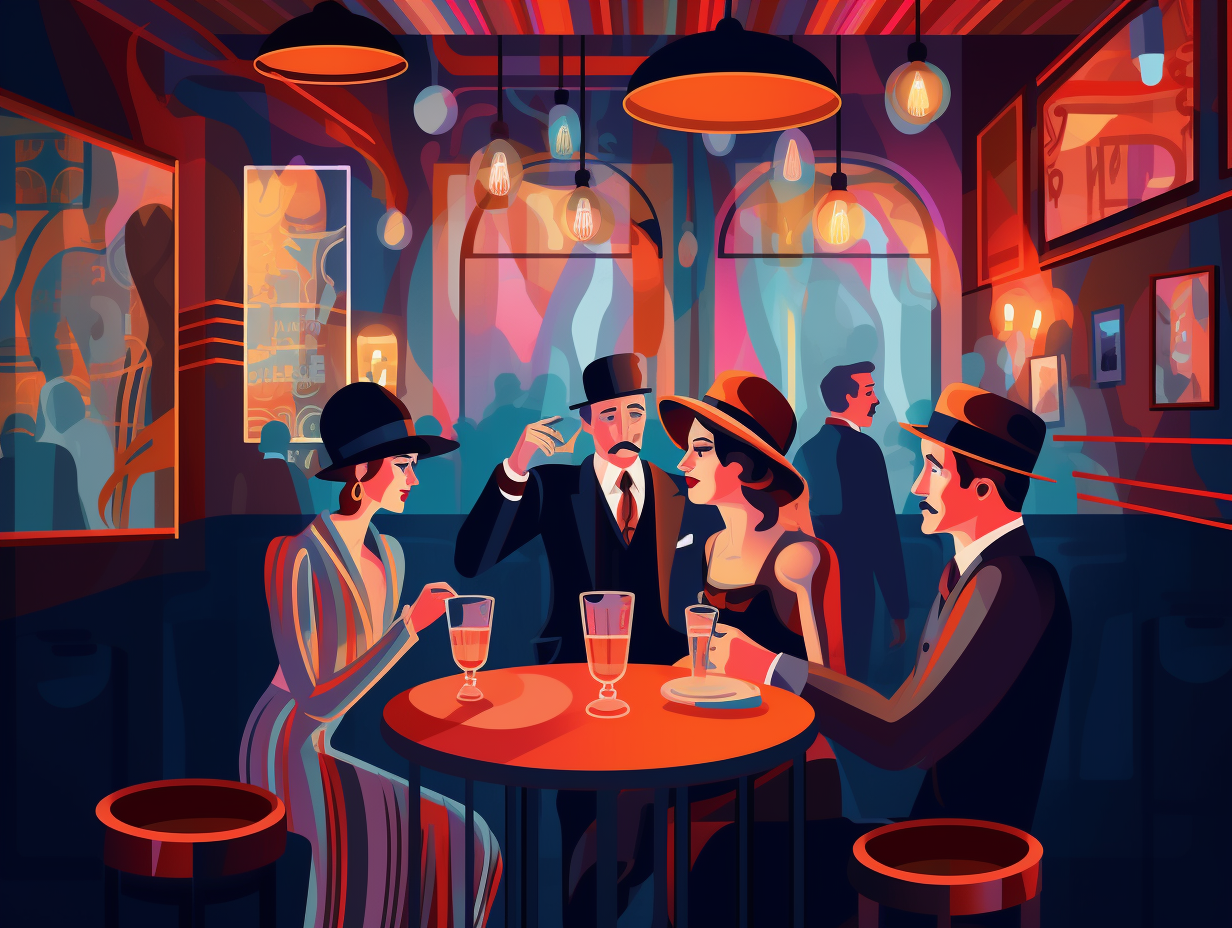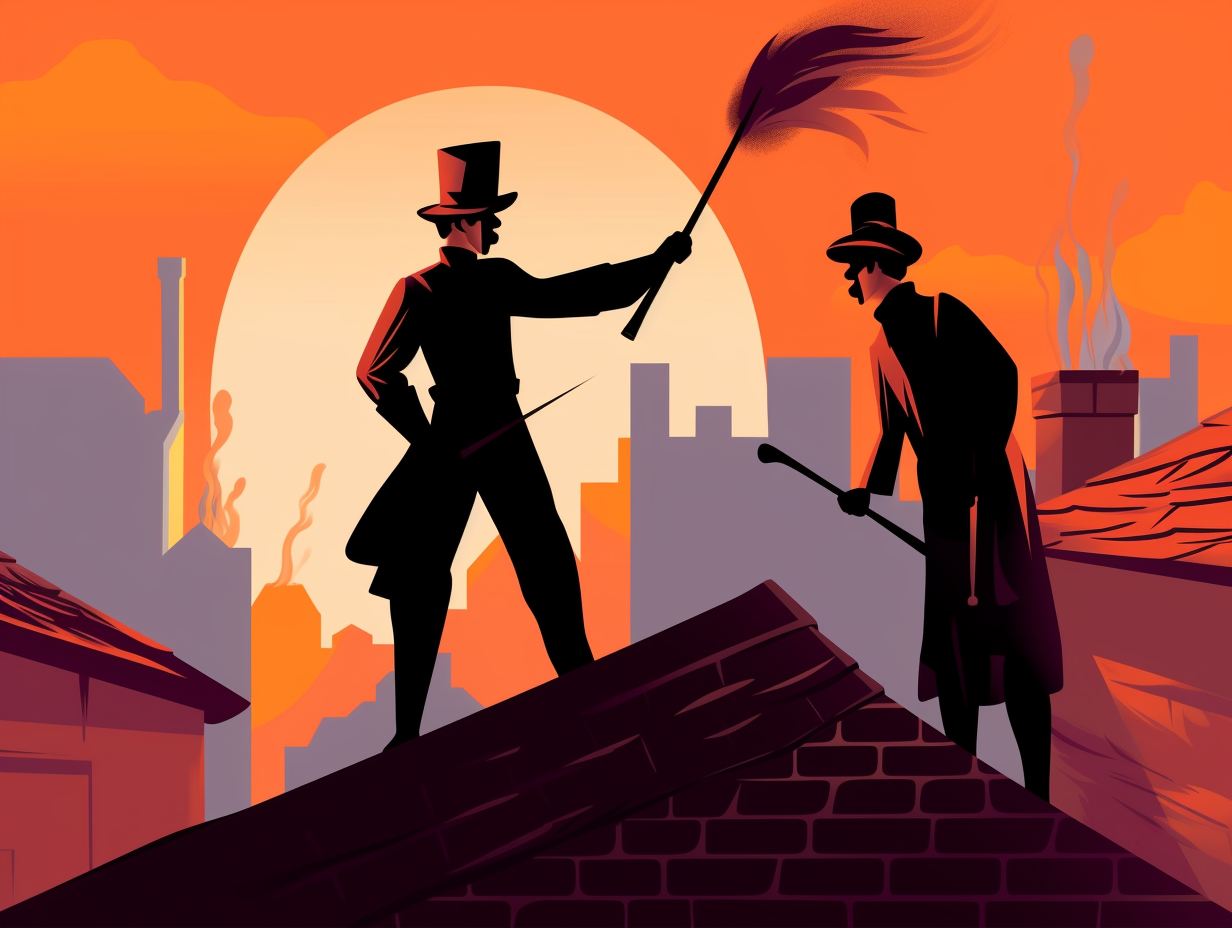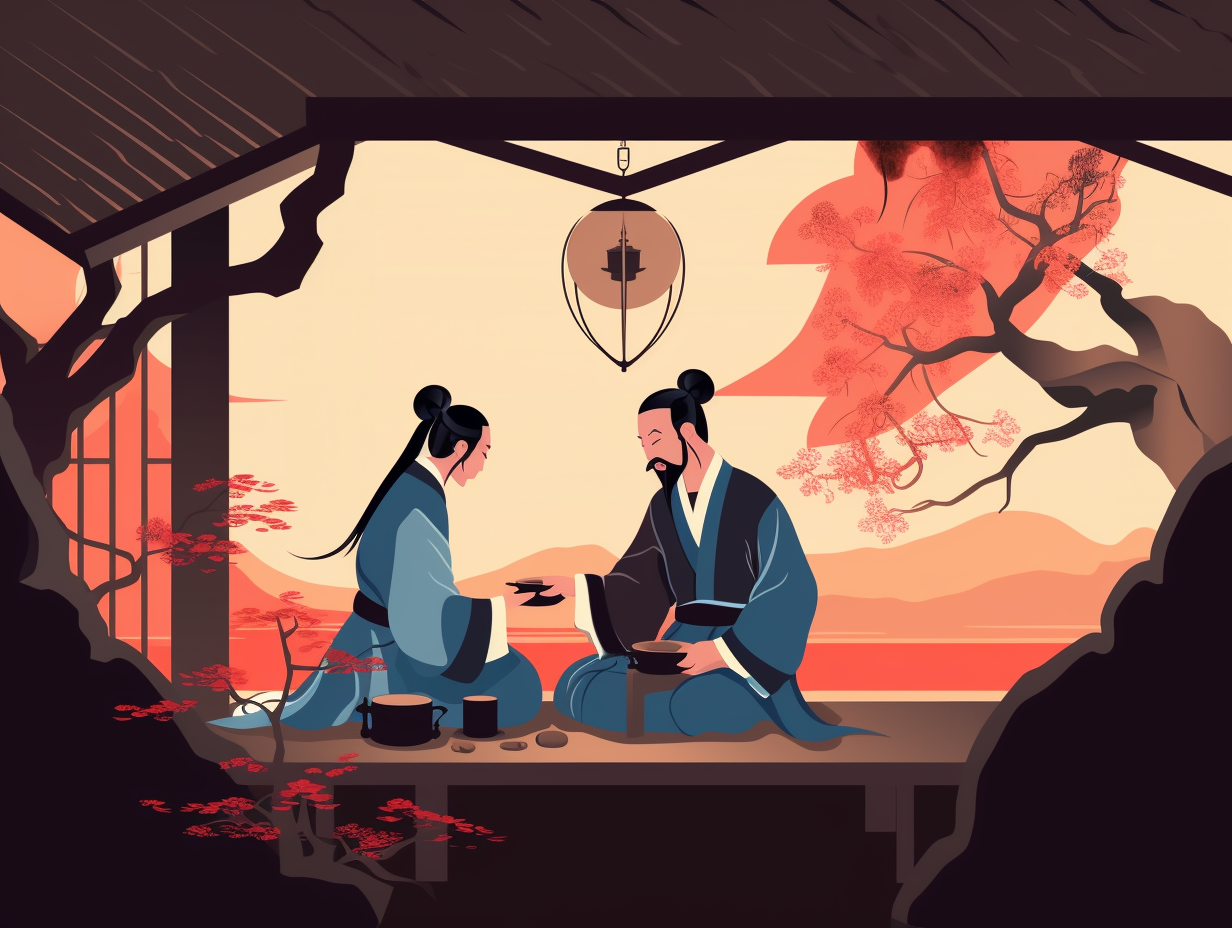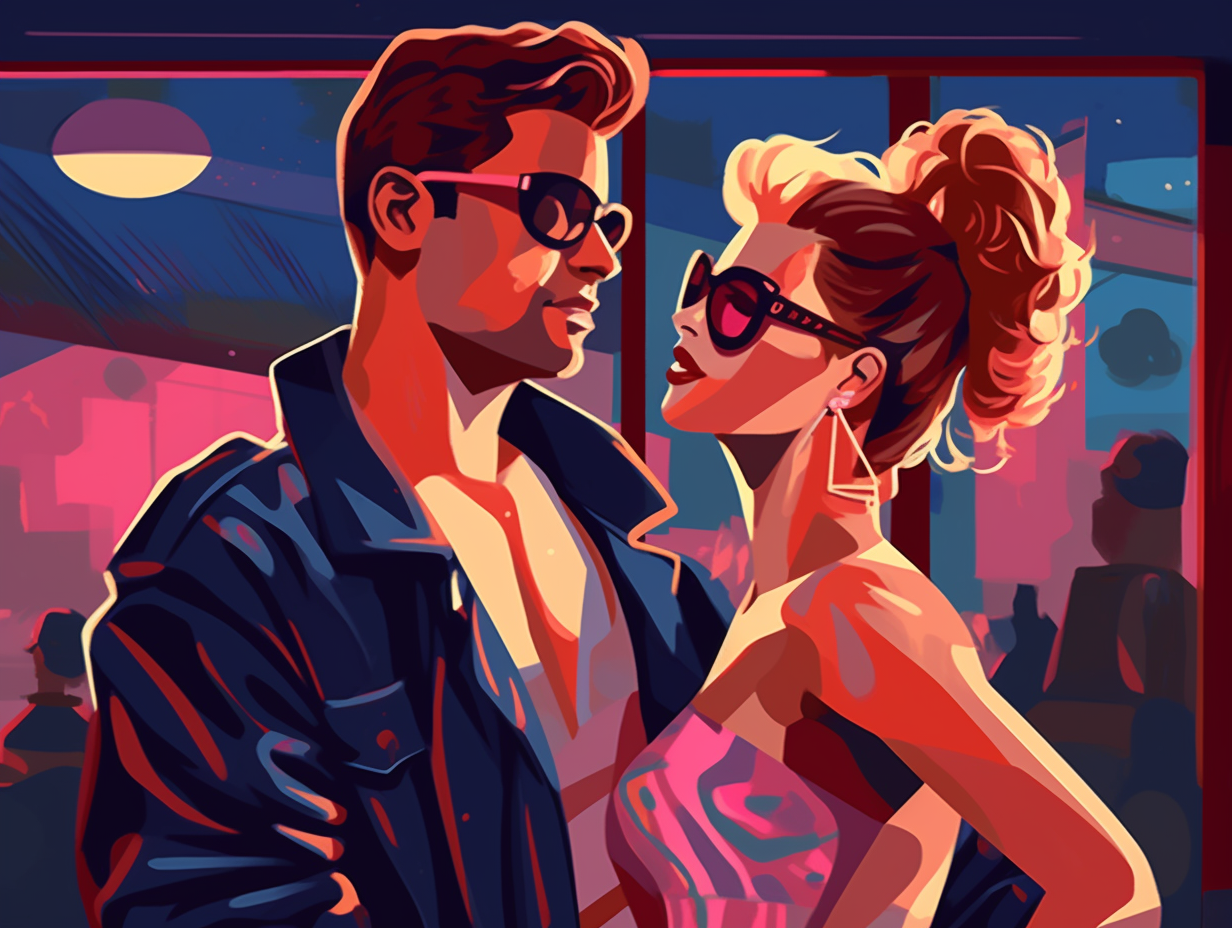Discover the Intrigue: Top 6 Fun Facts from the Renaissance Era You Never Knew

1. Renaissance Forehead Frenzy
Whoever said size doesn't matter never met a Renaissance forehead: During this period, women would pluck or shave their hairline back several inches, creating the illusion of a large forehead as it represented intelligence and beauty, and even went as far as tweezing their eyebrows, though not always fully removing them – a trend that can be observed in the art of the time, like Fra Filipo Lippi's Portrait of a woman.
Source => fashionhistory.fitnyc.edu
2. Queen Victoria's Fig Leaf Solution
In an era known for birthday suits and birthday cakes, Queen Victoria was not a fan of one Renaissance masterpiece showing off his suit, instead opting for a surprise party game of "pin the fig leaf" on Michelangelo's David: Despite her prudishness, the good queen ordered Clemente Papi in 1857 to create a fig leaf to cover David's unmentionables, only to be brought out during royal visits—a version of which still exists in the V&A's collection today.
Source => vam.ac.uk

Did you know the first Black Representative from the North, Oscar De Priest, fought for civil rights, introduced an antilynching bill, and even tried to desegregate the House restaurant? Discover more about this trailblazer!
=> Fun Facts about The-Harlem-Renaissance
3. Edible Artistic Wonders
Move over, Great British Bake Off: during the Renaissance, food wasn't just meant to be eaten, but to leave mouths agape in artistic wonder! Festivals of the time showcased unbelievable sugar sculptures, edible architectural marvels, and carefully choreographed feasting dances that were immortalized in prints and rare books, proving just how much these culinary artists enjoyed playing with their food.
Source => blogs.getty.edu
4. The Fork Revolution
In a world where pasta ruled supreme and manners meant everything, Italy's finest minds devised the ultimate weapon of sophistication: this, dear reader, was none other than the humble fork! But fear not, for behind this wicked wit lies a genuine nugget of historical truth: during the Renaissance, forks emerged as a symbol of politeness and grace among aristocrats, ultimately evolving into an indispensable utensil that transformed European dining etiquette and secured its place on tables across the globe.
Source => thedailybeast.com
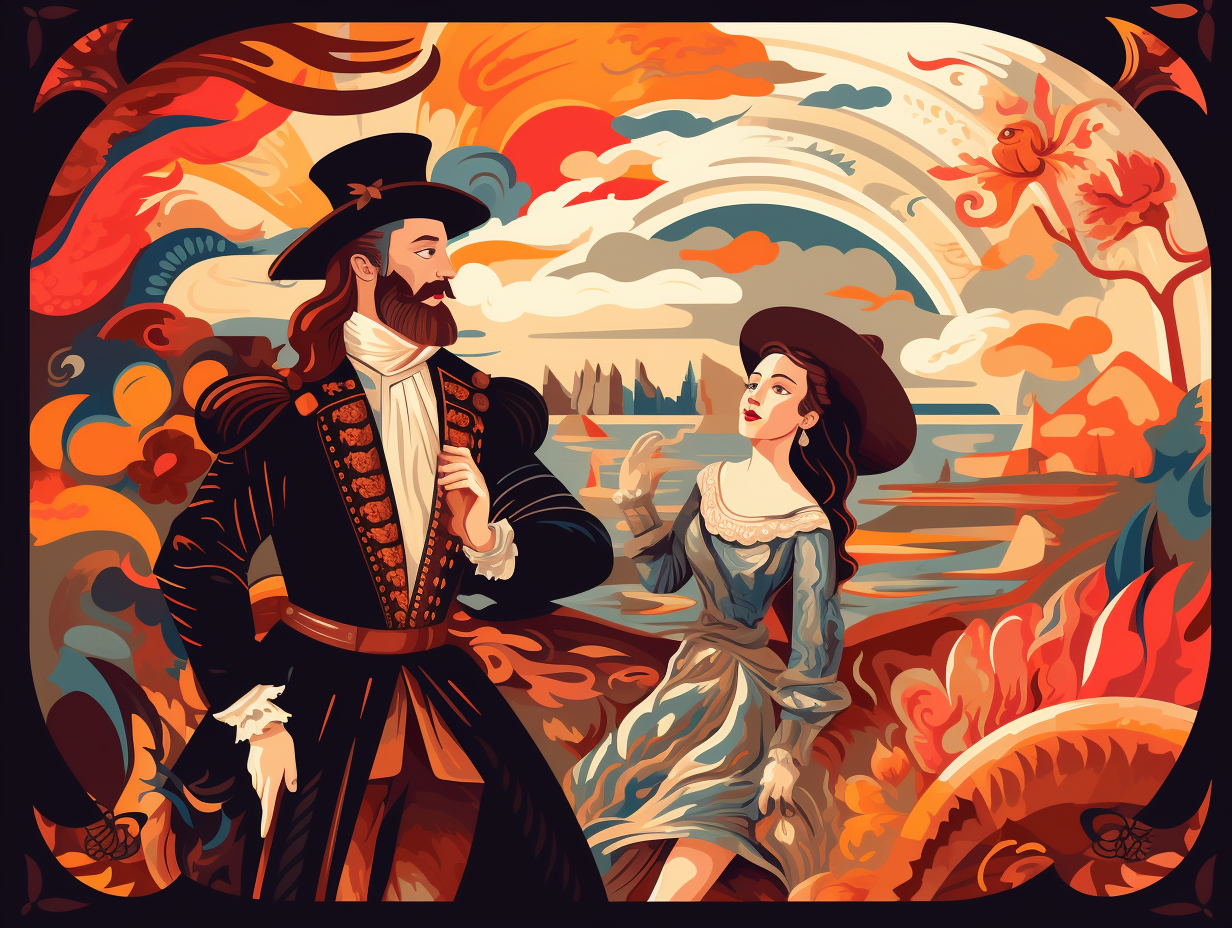
5. Perspective Perfection Pursuit
Hold on to your paintbrushes, folks, because way before 3D glasses and Instagram filters, Renaissance artists were on a quest for depth like no other: During this period, the concept of perspective gained attention, leading to the development of linear perspective - a groundbreaking technique that accurately mimicked the way objects change in size and shape as they appear further away, giving two-dimensional images an illusion of three-dimensional depth and forever changing the art world.
Source => measure-ojs-shsu.tdl.org
6. Sky-High Chopines Craze
Step aside, stilettos; there's a historic heel that's stolen the show: During the Renaissance, Venetian women wore high-platformed shoes called "chopines," designed to protect their feet from sloppy streets, while simultaneously serving as a lofty symbol of their nobility and grandeur.
Source => metmuseum.org
Related Fun Facts

